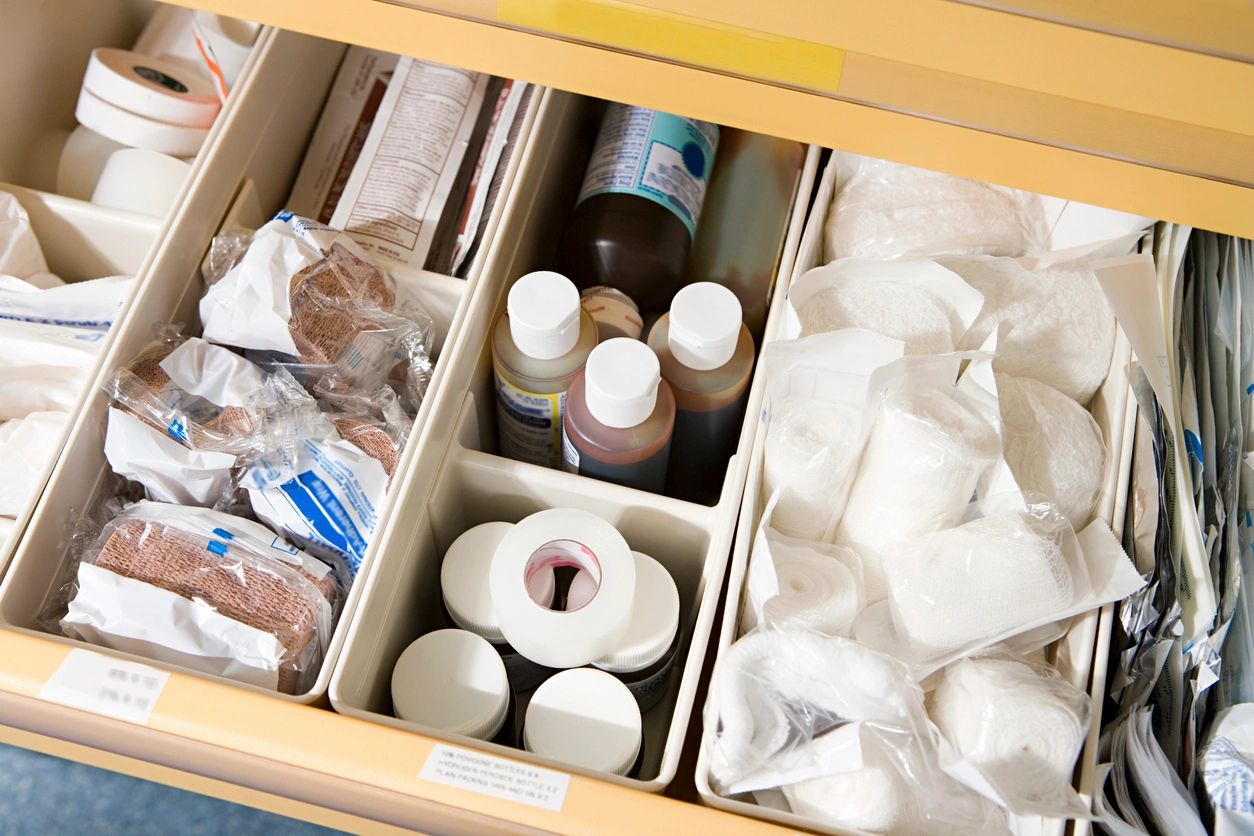-
Kitsap Respiratory Illness Report: Week 17 (4/20/2025 – 4/26/2025)
In week ending April 26, local indicators for influenza were low and continued to approach baseline levels, while indicators for COVID-19 and respiratory syncytial virus (RSV) remained minimal. Other Puget Sound counties observed similar trends. Regional laboratory surveillance most frequently detected rhinovirus among clinical respiratory specimens, followed by SARS-CoV-2 (COVID-19). Fewer than 10 emergency department (ED) visits were attributable to…
-
Kitsap Respiratory Illness Report September 12 – October 9, 2021
Click here to access the latest Kitsap Respiratory Illness Report: 9.12.22 – 10.9.21.
-
Health Advisory: COVID-19 Updates for Kitsap Healthcare Providers
Communicable Disease and Immunization Update, Health Advisory, Immunizations, News and Alerts, Notifiable ConditionsActions Requested COVID AND PREGNANCY Vaccinate people who are pregnant, lactating or who are trying to become pregnant now or might become pregnant. Educate these patients on the safety and effectiveness of COVID-19 vaccine during pregnancy, emphasize that the benefits of vaccination outweigh known or potential risks. Consider referring any pregnant women for monoclonal antibody…
-
Health Advisory: CDC HAN, “COVID-19 Vaccination for Pregnant People to Prevent Serious Illness, Deaths, and Adverse Pregnancy Outcomes from COVID-19”
Communicable Disease and Immunization Update, Emerging Diseases and Conditions, Health Advisory, News and Alerts, Notifiable ConditionsActions Requested: Be aware the Centers for Disease Control and Prevention (CDC) recommends urgent action to increase COVID-19 vaccination among people who are pregnant, recently pregnant (including those who are lactating), who are trying to become pregnant now, or who might become pregnant in the future. Be aware the CDC strongly recommends COVID-19 vaccination either…
-
Health Advisory: COVID-19 Updates for Kitsap Healthcare Providers
Emerging Diseases and Conditions, Health Advisory, Immunizations, News and Alerts, Notifiable Conditions, SchoolsActions Requested: COVID PREVENTION/TREATMENT Be aware that Washington State is currently experiencing a shortage of anti-SARS-CoV-2 monoclonal antibodies (MAbs). Adhere to National Institutes of Health (NIH) guidelines on the use and prioritization of MAbs. Sites in Washington State administering mAbs can be found here. Do not administer or prescribe Ivermectin for prevention or treatment of…
-
Health Advisory: COVID-19 Updates and Measles and Polio Surveillance For Kitsap Healthcare Providers
**Our transition to distribution of Health Advisory messages via MailChimp is ongoing. This message is being distributed via GovDelivery and as soon as we are able, we will begin using MailChimp. Please note that all 2021 Kitsap Public Health District Health Advisories are always available on our Provider Resources website: https://providers.kitsappublichealth.org/category/health-advisory/ ** Actions Requested: COVID-19…
-
Health Advisory: COVID-19 Updates for Kitsap Healthcare Providers
Emerging Diseases and Conditions, Health Advisory, Immunizations, News and Alerts, Notifiable Conditions, Provider Resources**Our transition to distribution of Health Advisory messages via MailChimp has been a bit bumpy. This message is being distributed via GovDelivery and as soon as we are able, we will begin using MailChimp. Please note that all 2021 Kitsap Public Health District Health Advisories are always available on our Provider Resources website: https://providers.kitsappublichealth.org/category/health-advisory/ **…
-
New masking directive issued for Kitsap County
Masks required indoors, regardless of vaccination status. KITSAP COUNTY, Wash. – Dr. Gib Morrow, health officer for the Kitsap Public Health District, issued a new masking directive today. Effective August 14, everyone 5 years of age and older in Kitsap County is asked to wear a face covering within indoor public spaces. This directive applies…
-
Health Advisory: Unaddressed Behavioral Health Among the Healthcare and Public Health Workforce During a Pandemic
Actions Requested Create a PsySTART-Responder account and compelte a PsySTART-Responder assessment if struggling with feeling trapped within a job, despair from being overextended, or emotionally overwhelmed. PsySTART-Responder is an evidence based method to build resilience and track exposures. After a brief training, a person PsySTART account tracks and graphs exposure to events that are more predictive…
-
Health Advisory: COVID-19 Updates for Providers
Actions Requested Be aware the U.S. Food and Drug Administration (FDA) updated the Johnson & Johnson/Janssen (J&J) COVID-19 vaccine Emergency Use Authorization (EUA) fact sheets to include possible risks of thrombosis with thrombocytopenia and Guillain-Barre Syndrome following vaccination: Fact sheet for healthcare providers Fact sheet for patients Be aware the FDA extended the shelf life…
-
Kitsap Respiratory Illness Report June 20 – July 17, 2021
Click here to access the latest Kitsap Respiratory Illness Report: 6.20.21 – 7.17.21.
-
Health Advisory: Healthcare Providers Essential to Ongoing COVID-19 Vaccination
Actions Requested Participate in a virtual meeting this Friday July 16th, 7:30-8:00 am with Governor Jay Inslee and WA State Secretary of Health Umair A. Shah to learn about: Power of Providers initiative around COVID-19 vaccination and referral SAVE (Screen, Ask/educate, Vaccinate, Empower) approach Commit to assessing vaccination status and promoting vaccination status throughout your office and…
-
Health Advisory: Melioidosis Cases Not Associated with Travel Outside the United States
Actions Requested Be aware of 3 cases of melioidosis in the United States that are not associated with travel outside the United States that appear related based on genomic analysis. Consider melioidosis in patients with a compatible illness even if they have not traveled to an endemic country. If you suspect or confirm Burkholderia pseudomallei…












